Many zoos have sleepover programs you can attend with a group (like scouts) or on your own. We went to the Philly Zoo with our Cub Scout pack and thought we’d share our experience here. One of the great things about the sleepover program, is you can get a lot more “show and tell” type of experiences. Animal shows, some behind-the-scenes activities, early access to exhibits, and additional tours. By the way, the Treehouse is open to the public at some times, and only to members at others. You can see some grand arches inside – the building was designed by a church architect and is one of the oldest zoo buildings.
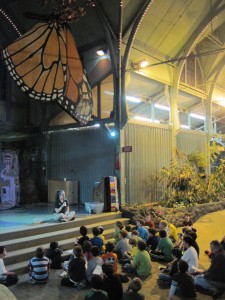
We spent much of the evening in the Treehouse (one of two indoor spaces you can sign up for). The space was awesome, with a large tree the kids could explore, dinosaur shells they could climb into, a large-scale beehive they could climb in, and more. Our host for the evening, Kaitlyn, was excellent at keeping the boys in line (something we parents have a hard time doing).

As part of the program this year, they read the Lorax out loud, and the kids are pulled in to act it out. They had a great time. Throughout the evening, many of the parents were more interested in their phones.

We divided up into groups for a night tour. We visited the penguin. Most of the penguins were sleeping, but we did see 1 or 2 out on “watch.” They take turns guarding the other penguins at night. Penguins only live in the southern hemisphere, and most are not actually in the Antarctic. They also live in the warmer areas of South America.
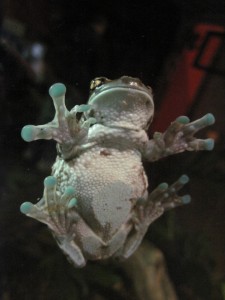
At night we explored the reptile house, looking at frogs, pythons, alligators and more. One of the zookeepers brought out a tortoise to talk about, and explained about the Galapagos Tortoises they have on exhibit. Since we’re going to the Galapagos this summer, this was especially exciting to us. These tortoises take 20 years to grow to full size. They don’t know their gender for years, and are bred in Texas. Of the 14 species that existed in the Galapagos, 11 still exist, and the Philly Zoo has three. Their shells expand with age, and act as a rib cage. They live 150+ years.
The kids had a lot of questions about the cobra, and learned that they feed them through a “shift” cage. They put the live food in an opening, and then close the door. Another door opens to allow the food into the cage, and then it closes. The King cobra eats other snakes in the wild, but at the zoo it’s trained to eat rats and other rodents.

When we first arrived at the Treehouse building, we saw peacocks in the trees. Turns out they roam around the zoo all the time, and sleep in the trees. They are free range, and you’ll see a lot of them walking around.
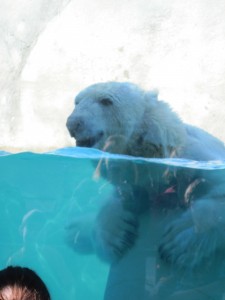
Polar bears are the largest land predator (aside from a few larger grizzlybears), and weigh half a ton (males can weigh 1,000 pounds, and females 800). They can run 30 MPH. While their hair looks white, it’s actually clear. It’s so thick it just looks white. They have black skin beneath that clear hair. Their favorite food: seal. They love the blubber. Here they eat fish. During the day, we saw one of the bears rolling around with a large ball in the water. He looked like he was having a great time, and the kids were enthralled.
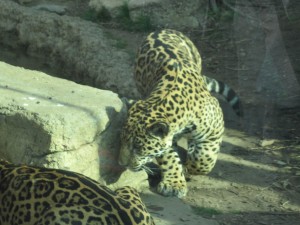
Cheetahs (not pictured here) run with only one paw touching the ground at any one time. They can only run that fast for less than a minute, because they get tired. They only get their prey a third or a fourth of the time. They get picked on predators like the lion, hyena and leopard. They have to eat quickly or their food will be stolen by another animal. All cats have retractable claws, but the cheetah. The cheetah has something like cleats to help it run, but they don’t allow a cheetah to climb trees (baby cheetahs can climb trees though). When in danger, the baby will climb a tree and the mother will run away, coming back when it’s safe and making sure her baby gets down.

We were excited to see the baby giraffe, which is born at 125-150 pounds, walking within minutes. Giraffes can kick a full size lion and kill it. Giraffe tongues are purple to keep away the UV light/sunburn. They sleep 20-240 minutes a day – standing up. Some other interesting facts we learned at the zoo:
-Flamingos have knees under their feathers. Their ankles are where you’d expect the knees to be. They need a crowd to lay eggs, like more than 15 flamingos.
-Beavers like potatoes
-Bear cubs are the size of a guinea pig when born – about 20 oz. In 8 months, they’re up to 100 pounds. A male adult weighs around 1,200 pounds and is 12 feet tall when standing.
-Peacock feathers are attached and if you pull them out, the peacock will bleed.
-The Philly Zoo is the country’s oldest zoo – chartered before the Civil War, but opened after it ended.
-a horn is part of the head, an antler is shed
-Zebras can find a missing herd member in another group, and only walk as fast as the slowest zebra there. Zebras have white skin under their black fur, and black skin under their white fur. Their “fingerprints” are their strips – no two zebras are alike. The left and right sides of a zebra are different.
-The zoo’s pond is modeled after the pond in EB White’s Trumpeter of the Swan book.
-The zoo uses geothermal heat (running water through underground pipes to heat the water to the constant 55 degrees underground).
-In 1928, the first orangutan was born in a zoo. They build a nest for napping.
-You can hear a lion roar up to 5 miles away.
-Snow leopards can jump 10 feet straight up.
-Tigers have rough tongues which help it lick the meat off the bone.
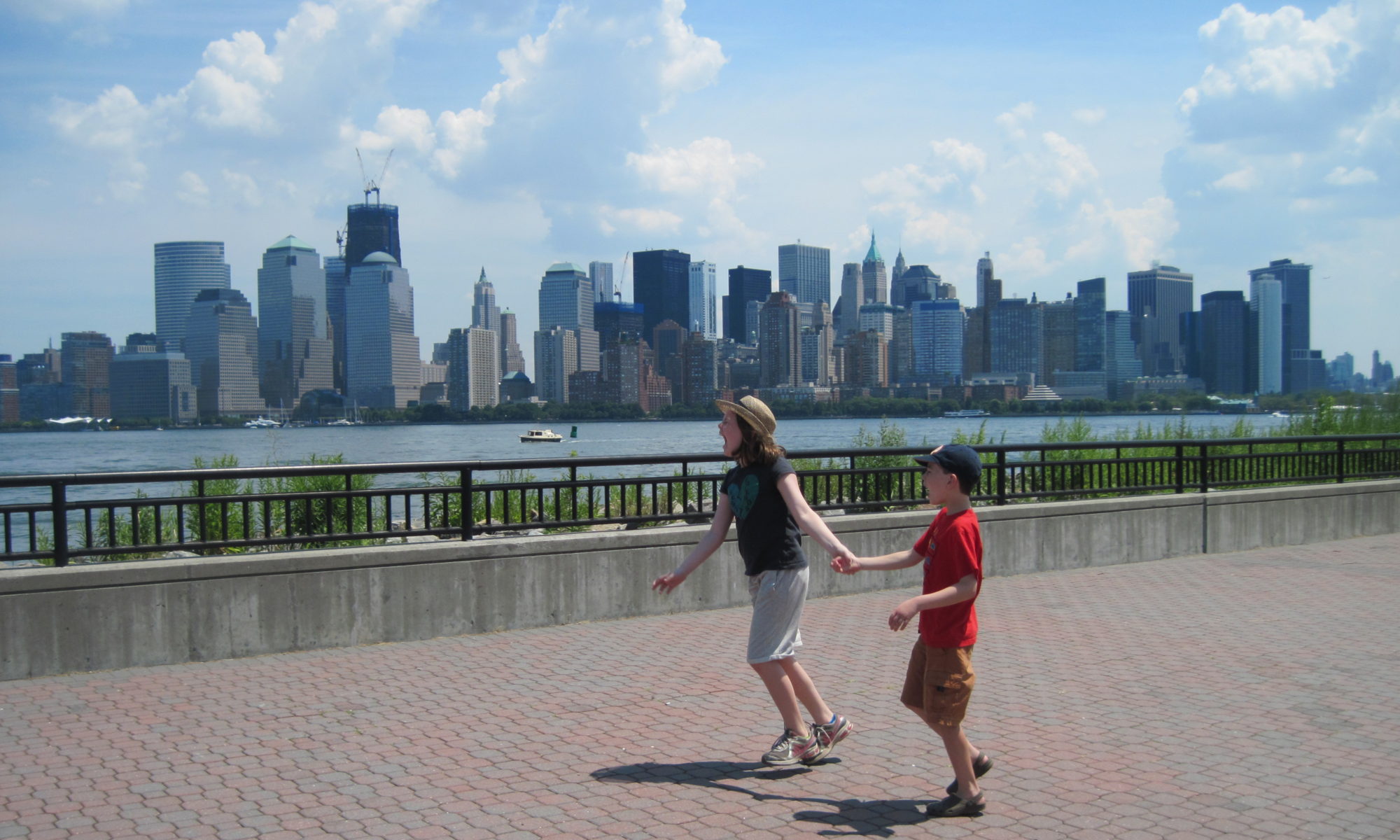
Thanks for posting this. I tried googling this sleepover for more information and you are the only one who gave an awesome detailed account. I’m going to forward this to all my girl scouts who are interested in going.
Thanks Gigi! We had a great time, and there were several Girl Scout troops there when we went.
Would you say the Philly zoo or the Camden aquarium is a better choice and why? I’m trying to surprise my 7yr old with a overnight with 4 friends for her birthday
Mona – partly it depends on what your child likes better, the zoo or the aquarium. They were both quality programs with good tours. With the aquarium, you’re indoors the whole time. With the zoo, you do go outdoors to go between buildings and to see some of the outdoor exhibits, so that could make a difference depending on the weather.